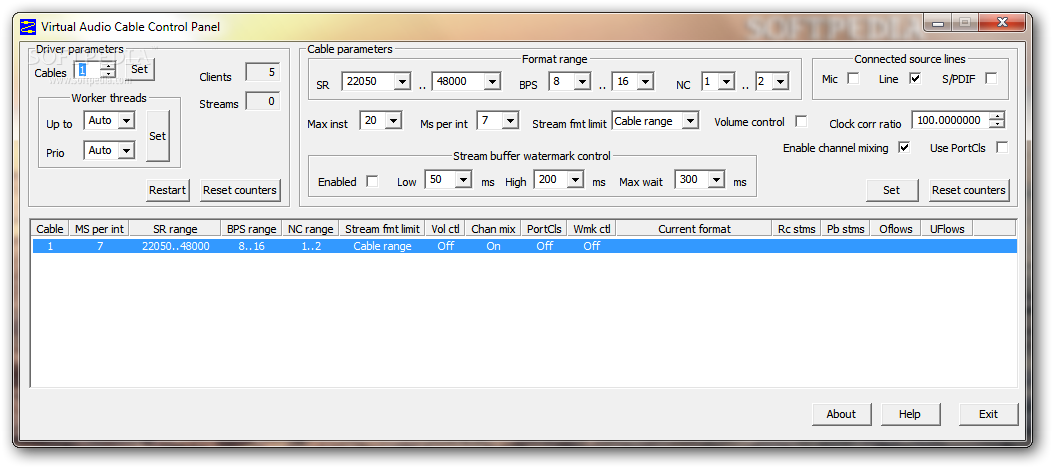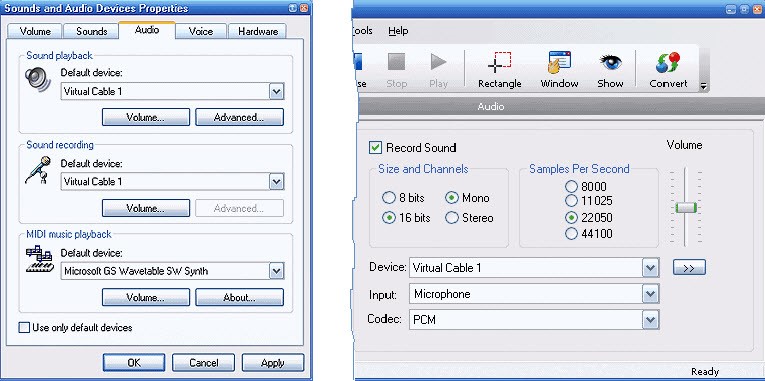

It wasn’t until a tuba bleated or a bassline kicked in that we really noticed the lack of low end to buttress the overall tuning. Strings, voices, and acoustic instruments really shone. (We like a more Harman-curve style of sound, with more bass presence than the Satsuma provides.) Although we would’ve preferred more low-end support, we thought that the amount of delicacy, detail, and clarity in the upper ranges of this pair’s sound was delightful. If you prefer a sound profile that puts detailed, delicate high frequencies in the foreground: Take a look at the Campfire Audio Satsuma, which is set to the type of flat-response “audiophile” tuning that isn’t our favorite but is preferred by many headphone enthusiasts. Sometimes a pair of tips with a different material or shape that better suits your anatomy can make all the difference.

If you find that the included tip options are uncomfortable, try replacement tips before spending the money on new earbuds.

We look for earbuds that come with a variety of tip sizes to help ensure a good fit. Not only does the fit affect the comfort of your earbuds, but it also can affect how they sound. Fit: A good fit is of utmost importance with in-ear headphones.The best earbuds replicate a sense of space and dimension, where the instruments seem to come from a point in space rather than feeling like a flat wall of sound. Bass notes should have pitch and form, not just sound like “whump whump whump.” Rapid successions of notes should be individually audible and shouldn’t smear together. For example, the bassline shouldn’t overpower the lead guitar, and the vocals shouldn’t have consonants that are painfully, piercingly loud.

Sound quality: The earbuds should sound even across all frequency ranges.


 0 kommentar(er)
0 kommentar(er)
